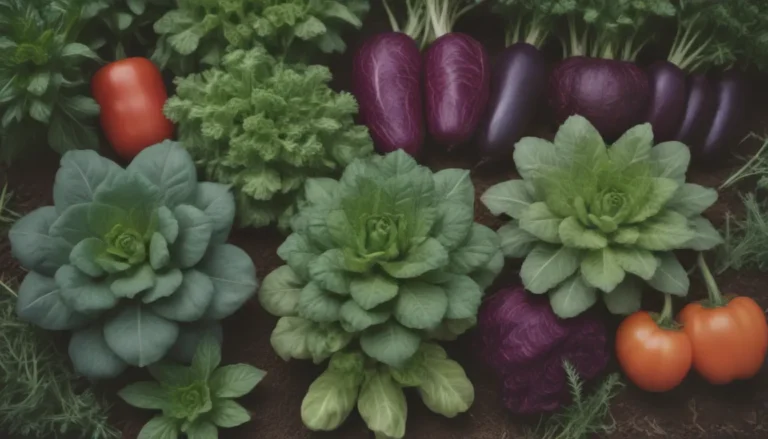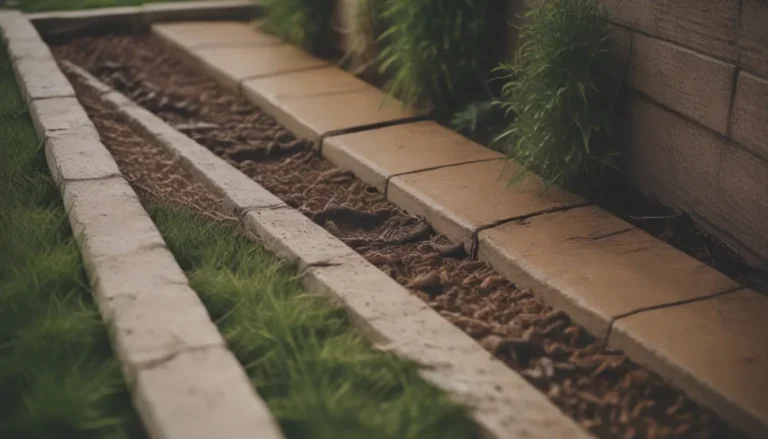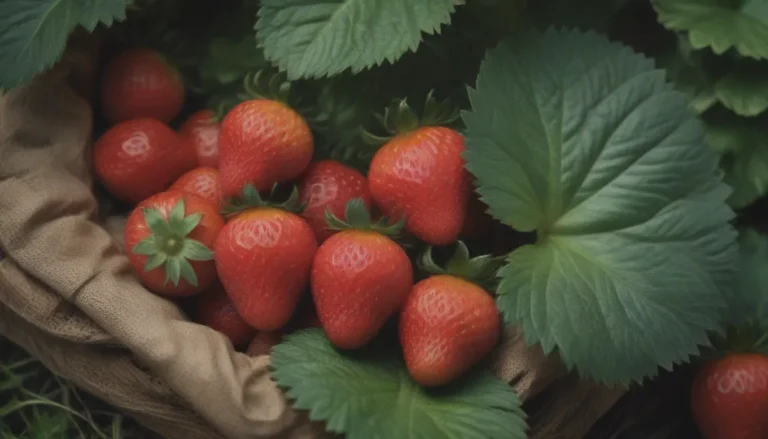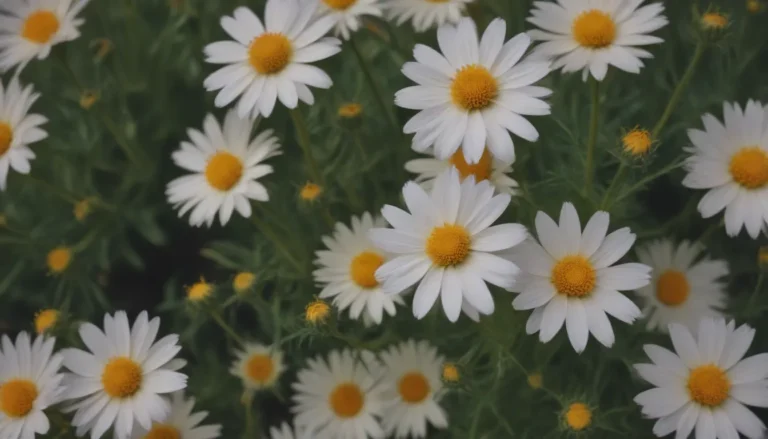Ultimate Guide to Growing and Caring for Spring Crocus
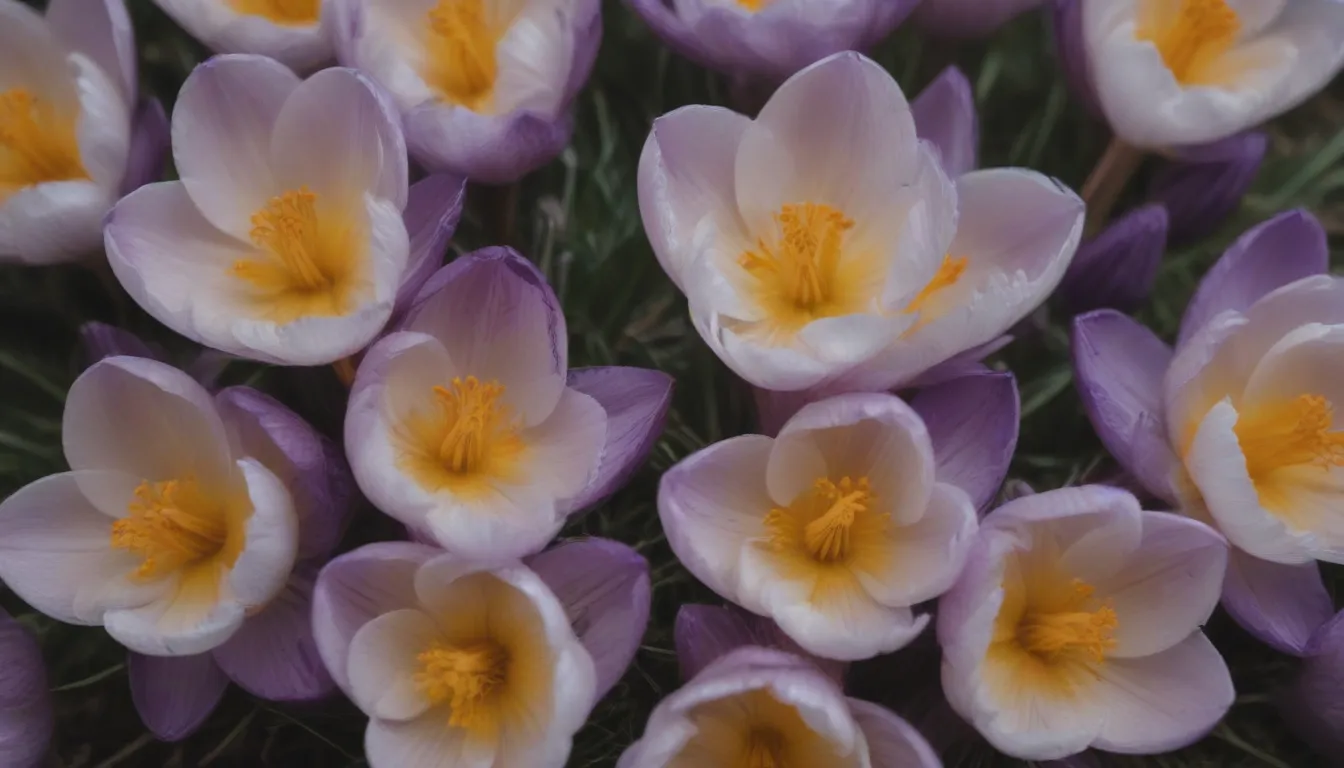
Are you a fan of welcoming spring with vibrant crocus flowers in your garden? These low-growing perennial plants from the iris family are not only beautiful but also a symbol of rebirth and fresh beginnings as they bloom during the cold weather. If you’re interested in learning more about how to grow and care for spring crocus, you’ve come to the right place! In this comprehensive guide, we’ll delve into the specifics of cultivating these delightful flowers, from ideal growing conditions to common problems and solutions.
Getting to Know Spring Crocus
Before we jump into the nitty-gritty of crocus care, let’s familiarize ourselves with these lovely flowers. Crocuses emerge from corms and are synonymous with the arrival of spring in many regions. With cup-shaped flowers in colors like mauve, lavender, and yellow, these hardy plants can thrive in various conditions, from woodlands to coastal gardens. However, they might be a target for rodents like squirrels and chipmunks, so it’s essential to take precautions to protect them.
What Does Spring Crocus Symbolize?
The symbolism behind spring crocus is as captivating as the flowers themselves. Blooming during the cold season, these flowers represent concepts like rebirth, joy, hope, and fresh beginnings. So, next time you spot a crocus peeking through the snow, remember the profound meaning it carries along with its beauty.
Crocus Care 101
Now that we have a better understanding of spring crocus, let’s explore the essential care guidelines to ensure these flowers thrive in your garden.
Light
Crocuses prefer full sun but can tolerate shady spots during the summer due to their early bloom time. Keep this in mind when selecting the perfect spot for your crocus plants.
Soil
Maintaining a neutral soil pH of 6.0 to 7.0 is ideal for crocuses. Well-draining soil is crucial to prevent rot, as these plants don’t like sitting in soggy conditions. While they aren’t too fussy about soil type, ensuring good drainage is key.
Water
During the spring and fall, crocuses appreciate regular watering. However, they go dormant in the summer and prefer drier soil during this period. Strike a balance by adjusting your watering routine based on the plant’s seasonal needs.
Temperature and Humidity
Crocuses are hardy plants, thriving in USDA hardiness zones 3 to 8. They require cold temperatures to set their blooms, typically needing 12 to 15 weeks of chill to flourish. Avoid excessive humidity, as it can lead to rot issues with crocus corms.
Fertilizer
While crocuses don’t demand an abundance of fertilizer, a light top dressing in the fall can benefit them, especially if your soil is lacking in nutrients. Monitor your fertilization schedule to avoid issues like corm rot during blooming season.
Types of Crocus
Did you know that crocuses come in various types and varieties? From early spring bloomers to fall varieties like saffron crocus, these flowers offer a diverse range of colors and characteristics. Explore the following crocus types to add variety to your garden:
- Snow Crocus (Crocus chrysanthus)
- Autumn Crocus (Crocus sativus)
- Bieberstein’s Crocus (Crocus speciosus)
- ‘Bowles White’ Crocus (Crocus atticus ‘Bowles White’)
- Dutch Crocus (Crocus vernus ‘Pickwick’)
- Purpureus Grandiflorus Crocus (Crocus vernus ‘Purpureus Grandiflorus’)
- Tricolor Crocus (Crocus sieberi ‘Tricolor’)
Pruning and Propagating Crocus
When it comes to caring for your crocus, pruning and propagating play crucial roles in maintaining healthy, vibrant plants. Remember to leave the foliage intact and allow it to naturally die back to ensure energy is stored in the corm for future blooms. Additionally, propagating crocus involves dividing corms every few years to promote longevity and prevent overcrowding.
Growing Techniques for Crocus Enthusiasts
For those looking to take their crocus cultivation to the next level, explore methods like growing crocus from seed, potting and repotting, and overwintering strategies. Each technique offers unique benefits to help you nurture healthy, flourishing crocus plants throughout the seasons.
Expert Tips for Successful Crocus Blooms
With the right care and attention, you can enjoy abundant blooms from your crocus plants. Encourage optimal blooming periods by mixing different crocus varieties in your garden, providing adequate sunlight, and strategic planting for extended bloom times. Remember to care for your crocus post-bloom to ensure continued growth and vitality.
Troubleshooting Common Crocus Problems
While crocuses are relatively easy to grow, encountering issues like lack of blooms, diminishing flower beds, or stunted growth is not uncommon. By understanding the potential challenges that may arise, you can proactively address these problems and maintain healthy crocus plants in your garden.
Conclusion
In conclusion, cultivating spring crocus involves a combination of knowledge, care, and dedication to yield rewarding results. Whether you’re a seasoned gardener or a novice enthusiast, with the right approach and understanding of crocus care, you can watch these beautiful flowers blossom year after year, bringing joy and rebirth to your outdoor space.
Remember, the journey of growing crocus is a fulfilling and enriching experience, so embrace the process and enjoy the colorful rewards it brings to your garden. Happy gardening!

